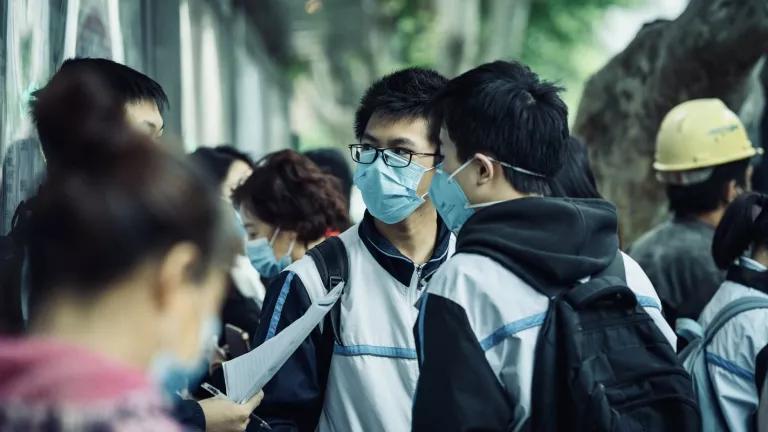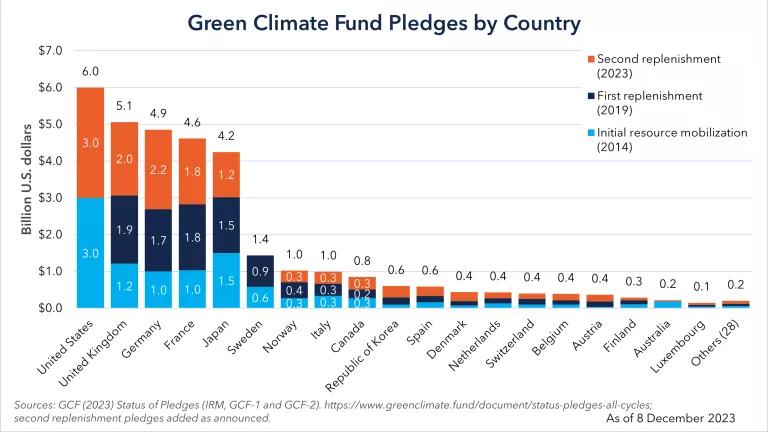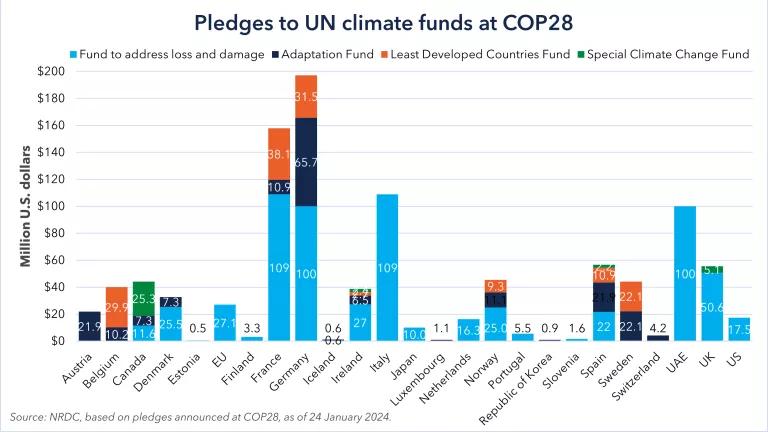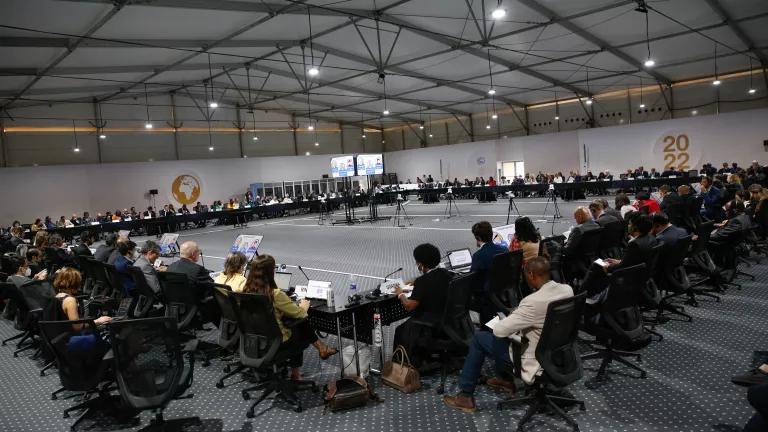China Leveraging Green Finance for a Green Economic Recovery
China’s decarbonization can leverage assets owned by its commercial banks, with total outstanding loan balance of Chinese commercial banks is approaching 120 trillion RMB, to stimulate a green economic recovery.

Owing to its size and global influence, China is among one of the key countries to achieving and exceeding the goal to limit global warming to less than 2 degrees Celsius. Although China has in recent years firmly embraced a green concept of its own, i.e. pursuing “ecological civilization”, and undertaken ever more decisive measures to control carbon emission and environmental pollution, much more needs to be done to accelerate the low carbon transition. In order to harness this commitment, NRDC has embarked on various initiatives to support China’s carbon emission reduction, including promoting green and climate-friendly financial approaches.
China’s Green Financial System
China’s decarbonization requires various sources of financing to achieve clean energy deployment and other green solutions. One such source is the assets owned by commercial banks. The total outstanding loan balance of Chinese commercial banks is approaching 120 trillion RMB[1], as of the end of 2019. This is a great financing source for climate change in the market and can be leveraged to reduce GHG emissions.
With this in mind, the NRDC launched a sustainable retail banking project in China, partnering with leading local academic institutions, environmental organizations, commercial banks and emerging financial technology (fintech) companies, to shift retail banking capital towards decarbonization.

IIGF and NRDC China Green Finance Research Report
According to an initial baseline study done by the International Institute of Green Finance (IIGF) of CUFE and NRDC, China has been rapidly and effectively modernizing its financial system to align with its environmental interests.
In 2016, the government issued the Guidelines for Establishing the Green Financial System, which included statements designed to incentivize private capital to invest in eco-friendly industries. These actions cemented China in becoming the first country to establish a national green financial system.
Through the implementation of these government policies, the sustainable finance industry (also known as green finance) in China, has grown quickly over the past decade. By the end of 2018, the green loan balance was 1.16 trillion, accounting for 9.24% of total loans in China. In addition, China issued 264 green bonds worth 84 billion USD and 33 Asset Backed Securities of 5 billion USD from 2016 to 2018.
China has also launched several regional pilot programs implementing the new policies as well as establishing the National Emission Trading Scheme that facilitates a market-based approach to controlling carbon emissions.
NRDC’s Support to Green Finance Development
The NRDC has embraced these opportunities and changes by conducting policy research advocacies and promoting market innovations that support the development of a more sustainable financial system.
Our specific aim is to 1) better define climate finance within China’s green finance policy framework; 2) encourage financial institutions and fintech companies to pioneer concrete climate finance efforts and innovative solutions; and 3) fuel public engagement of climate friendly consumer behaviors.
Leveraging Green Finance for a Green Recovery
As the pandemic intensifies, it presents an opportune moment to take bold action against climate change and decarbonization should be at the heart of every economic recovery plan. Green financial instruments and digital transactions can help rebuild economic activity whilst boosting resiliency that can help provide critical support through difficult periods.
With Chinese research institutions’ efforts to promote climate finance and correlating incentive policies, such as the green consumer loan study conducted by Industrial Bank of China Research, the idea of a green economic recovery can permeate the public discourse and encourage more public engagement. For example, due to the pandemic, several local governments and e-commerce businesses have offered vouchers on digital platforms to stimulate consumption. CCICED, a national think-tank for sustainable development, proposed that “the design of vouchers could integrate green elements, so as to revive the economy while promoting green, low-carbon and sustainable development.” This has reinforced our early efforts in developing guidelines and criteria to identify green consumer behaviors and green e-commerce businesses.
In addition, relevant green financial products should come to the forefront of an economic recovery. Green loan programs should be prioritized, especially those that help enhance energy efficiency, utilize renewable energy and encourage growing of plants that absorb carbon emissions.
An example is our joint endeavor with the Postal Savings Bank of China and the local Yuhang government. Together we designed a “bamboo loan”, which gives bamboo based small businesses, especially those promoting indigenous culture, special subsidies. With innovative approaches such as taking a bamboo’s carbon sequestration amount as a type of collateral can help alleviate financial pressures for struggling small businesses and facilitate an economic recovery for the region.
Ultimately, the pandemic has created a unique opportunity to leverage the banking system to stimulate both an economic and social recovery in a more sustainable fashion. Based on our research on green finance development, we believe that the government can provide proper stimulus for commercial banks to adjust their business models and to ensure that their funds can flow easier towards green projects.
[1] Data source: China Banking and Insurance Regulatory Commission (CBIRC)


